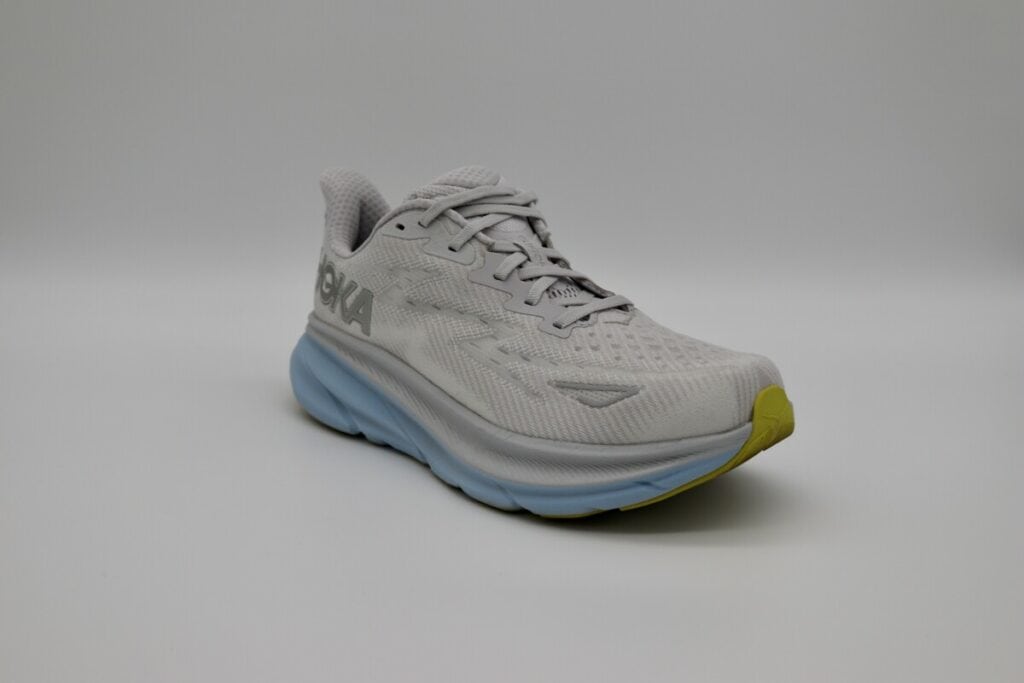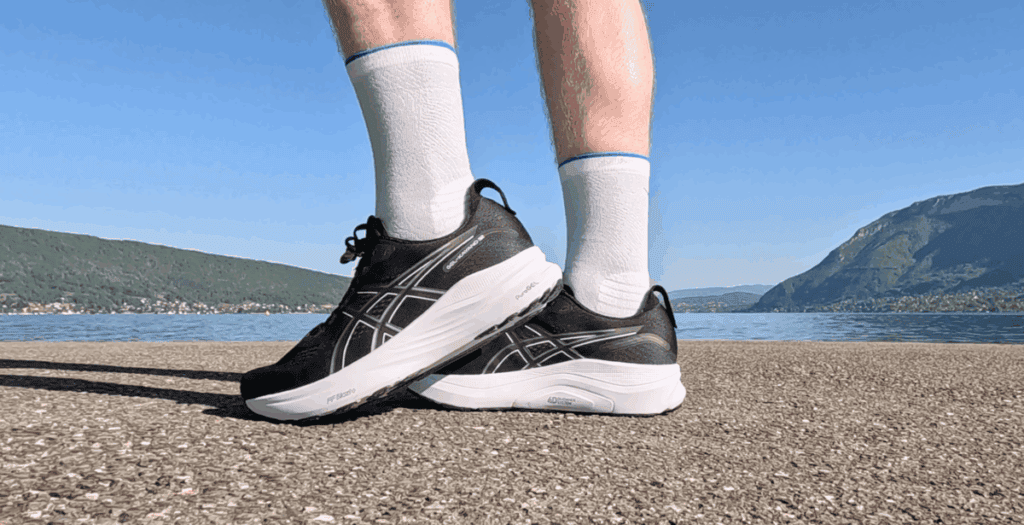Best Shoes for Peroneal Tendonitis 2025
- Best Asics Shoes for Flat Feet - October 25, 2024
- Best Running Shoes for Flat Feet - October 22, 2024
- Posterior Tibial Tendonitis - October 21, 2024
If you’re struggling with Peroneal Tendonitis (Tendinopathy), choosing the right footwear can make a significant difference in pain relief and recovery. As a foot and ankle specialist with over 10 years of experience, I’ve helped countless patients find the best shoes for peroneal tendon pain.
In this article, I’ll guide you through our top two recommended shoes for Peroneal Tendonitis:
- Hoka Clifton 9 – A cushioned, lightweight shoe that provides excellent shock absorption.
- Asics Gel-Kayano 31 – A stability shoe designed to support the foot and reduce strain on the peroneal tendons.
We’ll break down the key benefits of each shoe and explain how they support different foot types. Plus, I’ll share a three-step strategy to help manage your Peroneal Tendonitis pain beyond just footwear.
Disclaimer: This site participates in the Amazon Services LLC Associates Program, an affiliate program that allows us to earn fees by linking to Amazon.com. Earnings help support the creation of free educational content.
Hoka Clifton 9

Check the price on Amazon below:
Womens Hoka Clifton 9 Mens Hoka Clifton 9So, first up is the Hoka Clifton 9. As you can see, it has a thick midsole and a heel drop from the back to the front of the shoe of 5mm. It’s super light despite the thick midsole and what we’d call a traditional neutral shoe. This means that the back of the shoe is completely level; it doesn’t have a tilt on one side or the other.
In terms of what features are helpful for Peroneal Tendonitis, if you have a normal or high arch, wearing a neutral trainer means you are less likely to excessively load the Peroneal Tendon on the outer side of the ankle. The low heel drop means an even distribution of force across the foot, and Hoka shoes are known for their comfort.
The extra thick midsole provides nice responsive cushioning, so it doesn’t allow your foot to sink too much, which can often happen with a thick midsole, making a shoe more unstable. Meanwhile, the Clifton 9 has a relatively stiff, responsive midsole. It’s a shoe that we recommend for walking and running. If you run, it gives a little bit of feedback, which is nice, while holding your ankle stable simultaneously.
Asics Gel Kayano 32

Check the price on Amazon below:
Men's Gel-Kayano 32 Buy Women's Gel-Kayano 32In contrast, the Asics Gel-Kayano 32 is more of a stability shoe. It tries to stabilise the foot to reduce its movement from side to side. Its 4D guidance system aims to keep the foot centred in the shoe.
It consists of a more resilient piece of cushioning in the midfoot to reduce the amount the foot falls inward when walking or running. This can be especially helpful for those of you with an unstable ankle. If you repetitively sprain your ankle or roll your ankle innocuously walking down the street, a stable shoe may be more helpful than a neutral shoe.
It has a 8 mm heel drop compared to 5mm in the Clifton. Elevating the heel slightly can reduce the pressure on the Peroneal tendons and ensure a smooth heel-to-toe transition. The wide platform on the midsole, combined with lateral sole flare, helps keep the foot centred in the shoe.
In conclusion, if you have a neutral, stable foot, we recommend the Clifton 9. If you have a foot that’s slightly unstable and needs a little extra support, we recommend the Asics Gel Kayano 31.
Top Tips
An overload of the Peroneal tendons most commonly causes Peroneal tendonitis. This could be a biomechanical overload or a sudden increase in load. One key factor to remember when managing this condition is stabilising one’s step count daily.
Concerning running, we generally advise our patients with tendon problems to continue running but to consider their cumulative steps over the course of a week. If there are spikes and pain, it’s normally related to the number of daily steps, so we recommend that they keep this consistent throughout the week.
One key aspect of treatment for this condition is loading the Peroneal Tendon via strengthening and stretching exercises. This should be combined with the correct footwear and modifying step count.
In severe cases, we recommend our patients to tape their ankles or use a brace and severely reduce running and walking until their pain levels are under control.
Product Reviews with Flawless Physio
This article was written by James McCormack, a lower limb specialist and expert in treating foot conditions. We recommend consulting a medical professional if you’re experiencing any of the symptoms mentioned here. James offers weekly online and face-to-face appointments at his London clinic.
Feel Good, Move Well, Be Better
